Polyglutamic Acid: Benefits, How To Use, And Side Effects
Hydration Hero: Say goodbye to your dry skin woes and hello to a plump, dewy complexion!
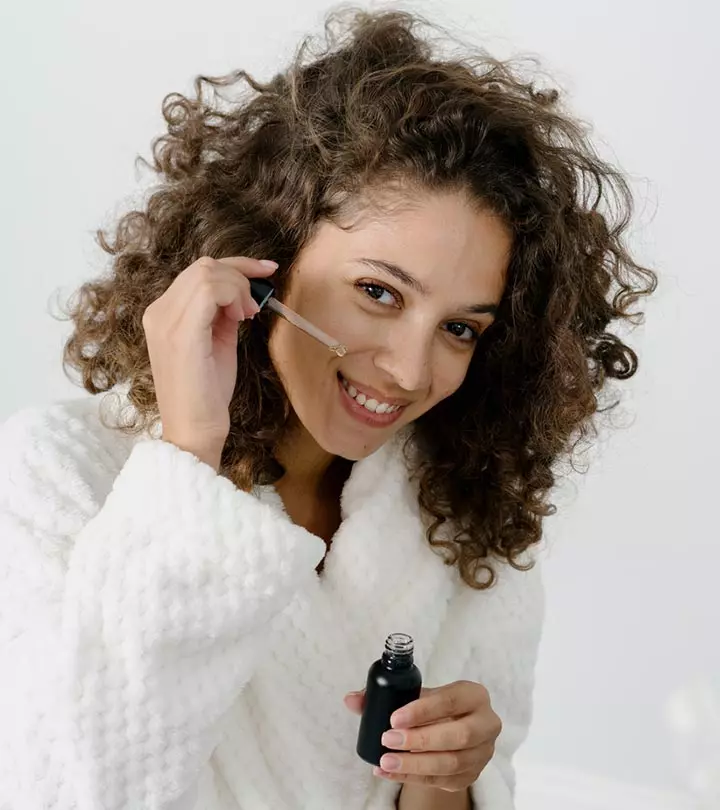
Image: iStock
Polyglutamic acid (PGA) is the new skin care ingredient causing a stir in the beauty world. This super-duper moisturizing polypeptide has been branded the “new but better” hyaluronic acid. It is on its way to becoming the most popular skin hydrator in the skin care industry. But, is it truly superior to hyaluronic acid? What exactly is the truth about polyglutamic acid? Read on to learn all about this acid and how it can help you transform your skin.
In This Article
What Is Polyglutamic Acid?
Polyglutamic acid is a naturally occurring polymer produced from soybeans fermented with Bacillus subtilis (1). It is formed when glutamic acid (a type of amino acid) molecules are linked together. Polyglutamic acid is the main ingredient in natto, traditional Japanese food prepared from fermented soybeans. It is water-soluble, non-toxic, and biodegradable and is often used as a thickener, biological glue, and humectant (1).
 Trivia
TriviaPolyglutamic acid hydrates the skin and maintains its elasticity (2). You may wonder if PGA functions in the same manner as hyaluronic acid, what is the point of using it? Unlike hyaluronic acid, PGA does not occur naturally in your skin. However, it works better than hyaluronic acid. Here are the benefits it offers.
Key Takeaways
- Polyglutamic acid (PGA) has an impressive water-retaining capacity, even more than hyaluronic acid.
- PGA products may show anti-aging effects as they help improve skin elasticity and reduce wrinkles and fine lines.
- This ingredient is suitable for all skin types and well-tolerated in most patients.
- PGA and hyaluronic acid can work together for maximum skin benefits.
Benefits of Using Polyglutamic Acid
1. Provides Hydration
Research suggests that PGA has moisturizing effects and can maintain skin elasticity better than hyaluronic acid (HA) and collagen. Its water retention capacity is 10 times more than hyaluronic acid, and 0.2% of PGA holds the same amount of water as 5% glycerol (2). This means if you have dry and parched skin, PGA can easily quench its thirst better than HA.
2. Keeps The Skin Youthful
Well-hydrated skin stays plump and youthful. Polyglutamic acid can help in maintaining skin elasticity, which helps reduce the appearance of fine lines and wrinkles and keeps your skin youthful, soft, and supple. Products with PGA may have anti-aging effects on the skin (3).
While topical products will not reverse already existing signs of aging, moisturizing is crucial in achieving younger-looking skin. It’s because when your skin is dry, impurities and imperfections become more visible. On the other hand, when properly hydrated, lines and imperfections are less evident, giving your skin a smoother glow. However, there are many other ways, such as wearing sunscreen, drinking plenty of water, etc., by which you can have younger-looking skin.
3. Has Wound Healing Properties
Animal studies reveal that PGA can heal wounds by improving collagen production and blood vessel regeneration. It also increases the levels of transforming growth factor-beta (TGF-β) and beta-catenin proteins to speed up healing (4).
4. May Heal Skin Infections
Polyglutamic acid is effective against acne-causing bacteria S.aureus and the yeast Candida albicans that causes fungal infections like athlete’s foot, jock itch, diaper rash, and nail fungus (2).
Amelia Bell, a blogger, tried polyglutamic acid and shared her experience in a blog post. She says, “Just like Dr. Kemi advised, after adding my daily serum, moisturiser and SPF, I applied a few drops of my liquid foundation, which offers a lovely lightweight finish and Polyglutamic Acid onto my hand, mixing them together before applying directly onto my skin using my fingers. I thought that the two formulas might end up separating or pilling when applied on my skin but, in fact, they worked together like a dream. So much so, I simply followed up with some bronzer; my skin looked instantly plumped and dewy with signs of a little glow, and all without the hand of a highlighter or cream blusher (i)”.
 Did You Know?
Did You Know?Although polyglutamic acid has multiple benefits and seems better than hyaluronic acid, both should not be compared. Let’s understand why.
Polyglutamic Acid Vs. Hyaluronic Acid
PGA is indeed an excellent hydrating ingredient. It can absorb moisture up to 5000 times its weight, while hyaluronic acid, one of the most effective names in the skin care acid guide, holds 1000 times its weight in water. However, the water retention capacity of PGA may change as per the acidity and pH of the product (gel, cream, or lotion).
Hyaluronic acid occurs naturally in your skin layers to keep it moisturized. Polyglutamic acid helps prevent hyaluronidase (an enzyme that degrades hyaluronic acid). In other words, applying PGA to your skin can prevent the breakdown of hyaluronic acid, keeping your skin hydrated for longer. It also creates a seal to prevent moisture loss.
While hyaluronic acid works within the skin layers to improve its hydration levels, polyglutamic acid stays on the skin surface to lock in moisture. Together, these ingredients can provide your skin with the ultimate punch of hydration.
Polyglutamic acid is not going to replace hyaluronic acid. Using both together can give the best effects. Now, let’s understand how you may use it.
How To Use Polyglutamic Acid And Who Can Use It?
Polyglutamic acid is best for dry and dehydrated skin. However, all skin types can use this ingredient for hydration. Polyglutamic acid is used as an ingredient in lotions, creams, gels, and serums. You may combine it with other ingredients like vitamin E, hyaluronic acid, ceramides, vitamin C, niacinamide, and peptides to keep your skin plump, bright, and visibly smoother. If you want to use it with hyaluronic acid then it’s best to apply them to slightly damp skin daily before bed. Also, you can use polyglutamic acid immediately after receiving a microneedling treatment, as the mico-injuries allow it to penetrate deeper into the skin.
Here is how you can use polyglutamic acid serum in the following ways:
- Polyglutamic Acid Serum
You can apply a few drops of polyglutamic acid serum to your clean face and neck. Gently pat it on your skin. Apply moisturizer and sunscreen during the day and just a moisturizer at night to keep the skin smooth and healthy.
- Polyglutamic Acid Cream
You can apply a small amount of polyglutamic acid to your face and neck after cleansing. The velvety texture of the cream may make your skin look healthy and youthful.
- Polyglutamic Acid Supplement
You may consume one polyglutamic acid supplement daily for optimal results. This powerhouse formula works from within to enhance hydration, diminish fine lines, and unveil radiant skin. Consult a medical professional before taking any supplements to avoid any side effects.
Does Polyglutamic Acid Have Any Side Effects?
Polyglutamic acid is suitable for all skin types. Rare, allergic reactions can occur with PGA and include redness, itch, blisters, rash and swelling. Before buying a product with PGA, check the ingredient list to ensure you are not allergic to any of the ingredients in the formula.
If you have sensitive skin and are new to this ingredient, a spot test on a discrete part of the body first and waiting 24 hours can help determine if you will have an allergic reaction.
Polyglutamic acid is a naturally occurring polymer found in fermented soybeans popularly used in several skincare products as a moisturizing component. Regularly using polyglutamic acid in your skincare routine keeps your skin hydrated, reduces the appearance of wrinkles, and may heal skin infections. In comparison to hyaluronic acid, polyglutamic acid absorbs more moisture and helps break down hyaluronic acid in your skin, keeping your skin nourished and moisturized. While polyglutamic acid is safe for use, check the ingredient list on the product to make sure you are not allergic to anything.
Frequently Asked Questions
Can we apply polyglutamic acid to damp skin?
Yes, we may apply polyglutamic acid to damp skin to ensure it better helps seal skin moisture.
Can we use polyglutamic acid every day?
Yes, we can use polyglutamic acid twice every day.
Can we mix salicylic acid and polyglutamic acid?
No, we should not combine salicylic acid with any other acid. Combining these two ingredients may cause severe skin irritation.
Delve into the wonders of polyglutamic acid in this video! Discover its incredible hydrating properties, how it boosts skin elasticity, and why it is becoming a must-have in beauty routines worldwide. Check out the video now!
Personal Experience: Source
StyleCraze's articles are interwoven with authentic personal narratives that provide depth and resonance to our content. Below are the sources of the personal accounts referenced in this article.
(i).TikTok’s Polyglutamic Acid and Foundation Hack Transformed My Make-up Routinehttps://www.womenshealthmag.com/uk/beauty/skin/a39093319/polyglutamic-acid/
References
Articles on StyleCraze are backed by verified information from peer-reviewed and academic research papers, reputed organizations, research institutions, and medical associations to ensure accuracy and relevance. Read our editorial policy to learn more.
- Poly-γ-Glutamic Acid (PGA)-Producing Bacillus Species Isolated from Kinema, Indian Fermented Soybean Food
https://www.ncbi.nlm.nih.gov/pmc/articles/PMC4914496/ - In Vitro Evaluation of New Functional Properties of Poly-γ-Glutamic Acid Produced by Bacillus subtilis D7
https://www.ncbi.nlm.nih.gov/pmc/articles/PMC3942858/ - Poly-γ-glutamic Acid Synthesis, Gene Regulation, Phylogenetic Relationships, and Role in Fermentation
https://www.ncbi.nlm.nih.gov/pmc/articles/PMC5751247/ - Promotion Effects of Ultra-High Molecular Weight Poly-γ-Glutamic Acid on Wound Healing
https://pubmed.ncbi.nlm.nih.gov/25791849/
Read full bio of Dr. Schwarzburg
Read full bio of Ramona Sinha
Read full bio of Anjali Sayee
Read full bio of Swathi E






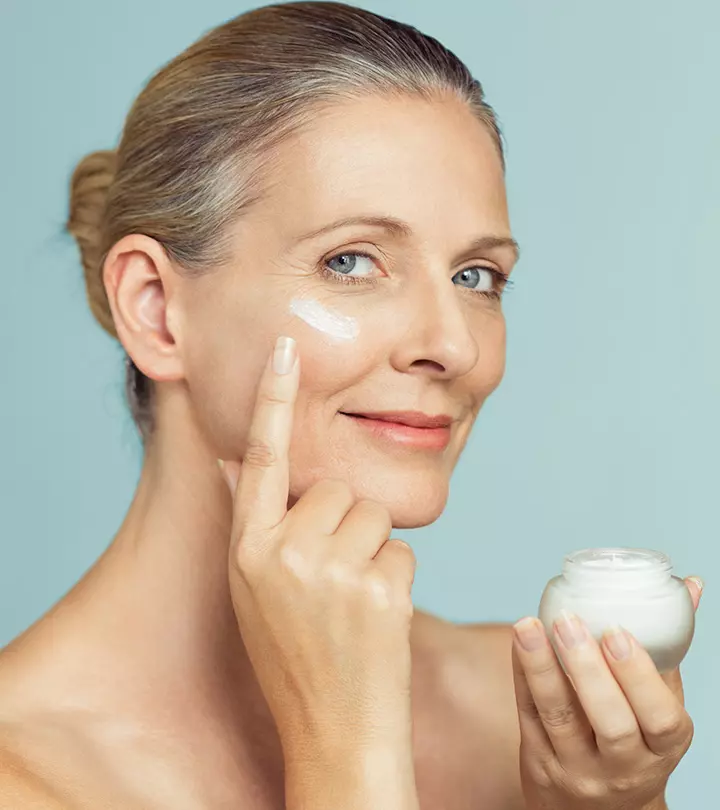
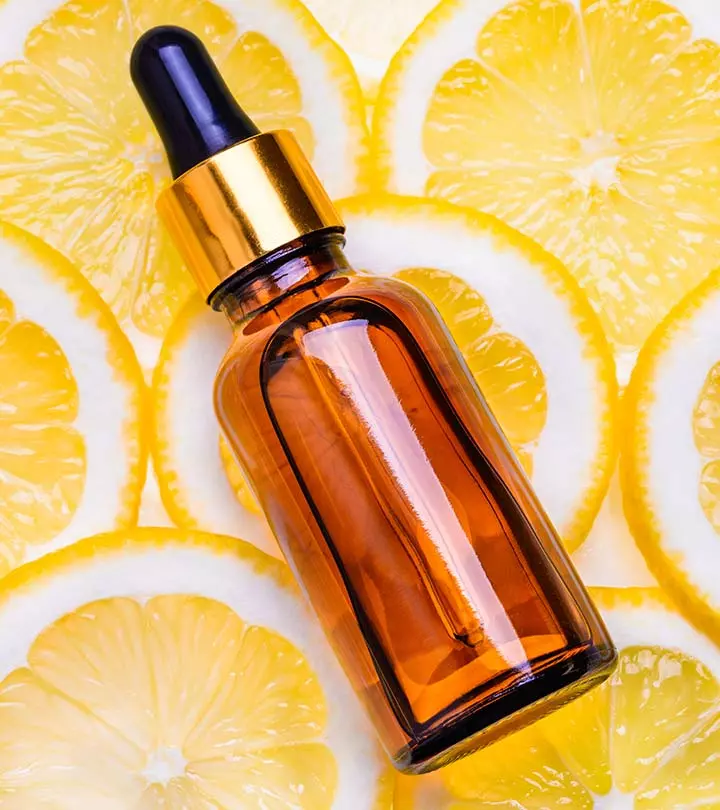

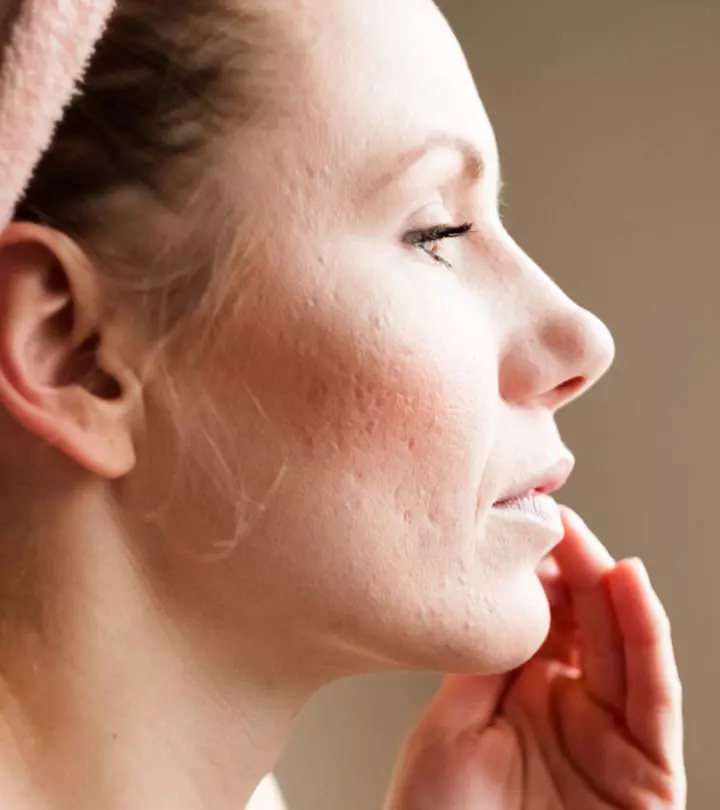


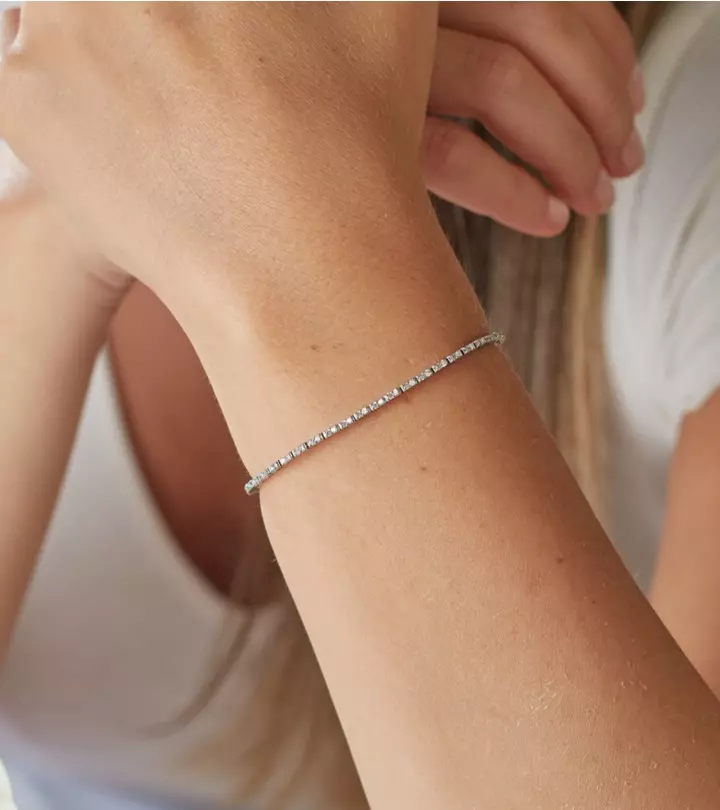
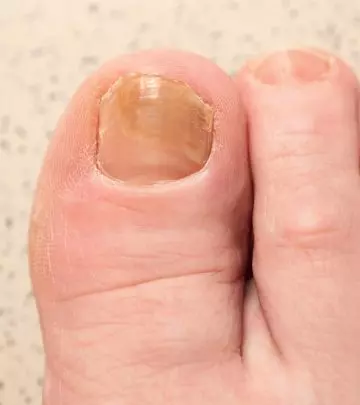
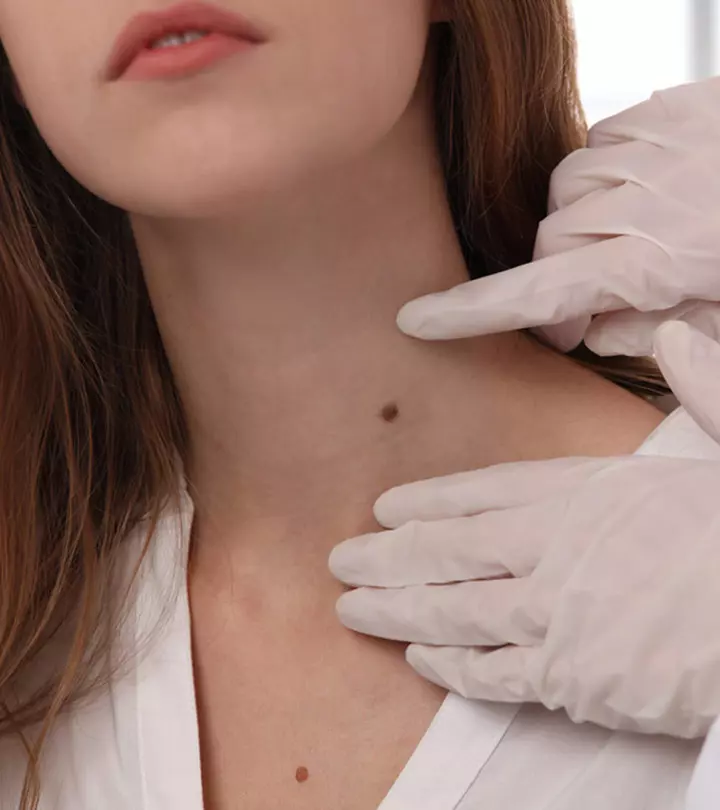

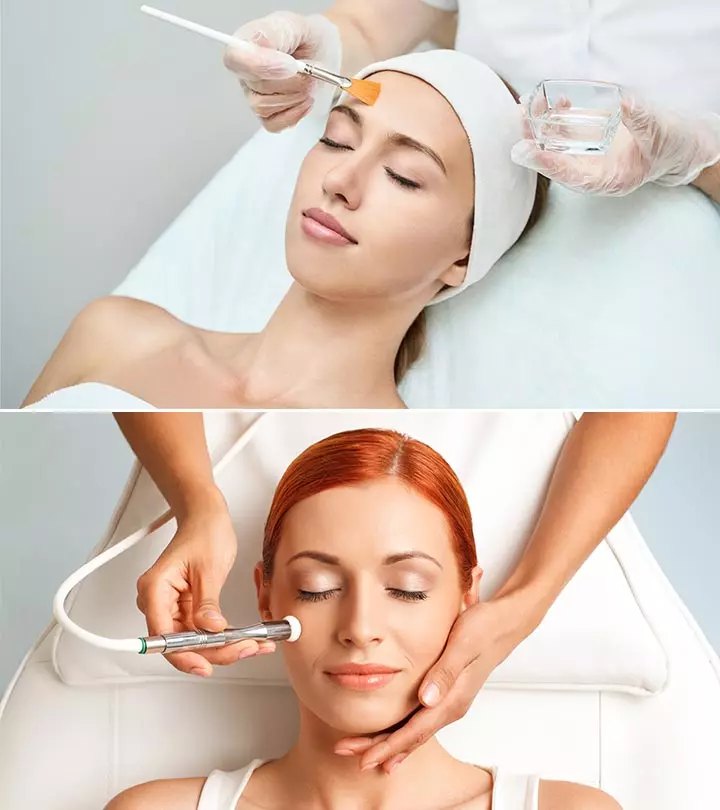
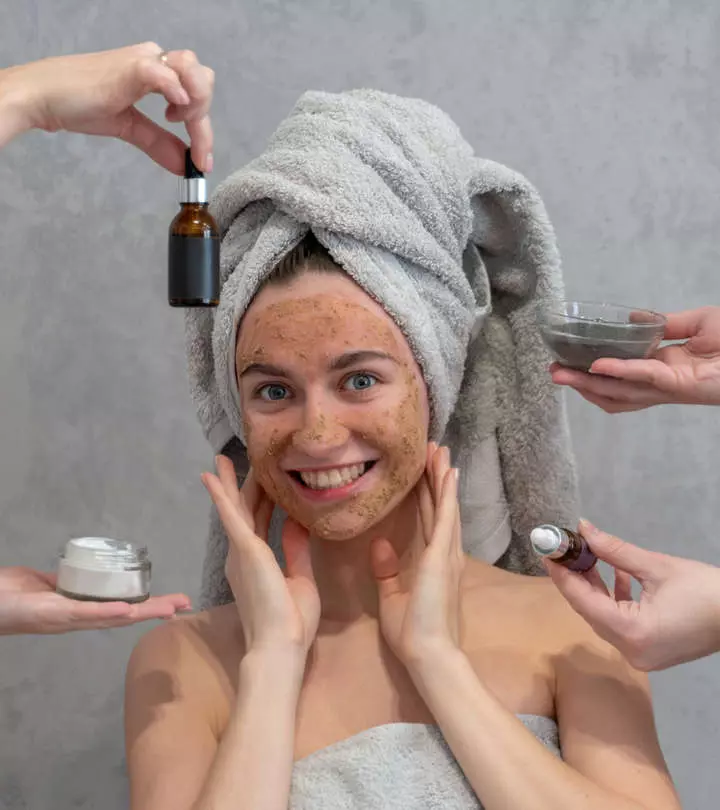

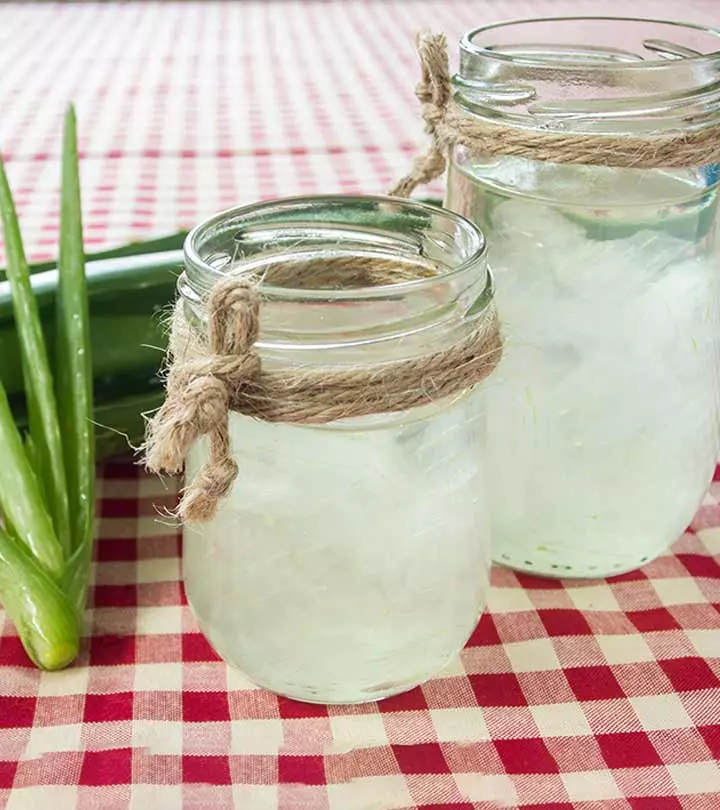
Community Experiences
Join the conversation and become a part of our empowering community! Share your stories, experiences, and insights to connect with other beauty, lifestyle, and health enthusiasts.